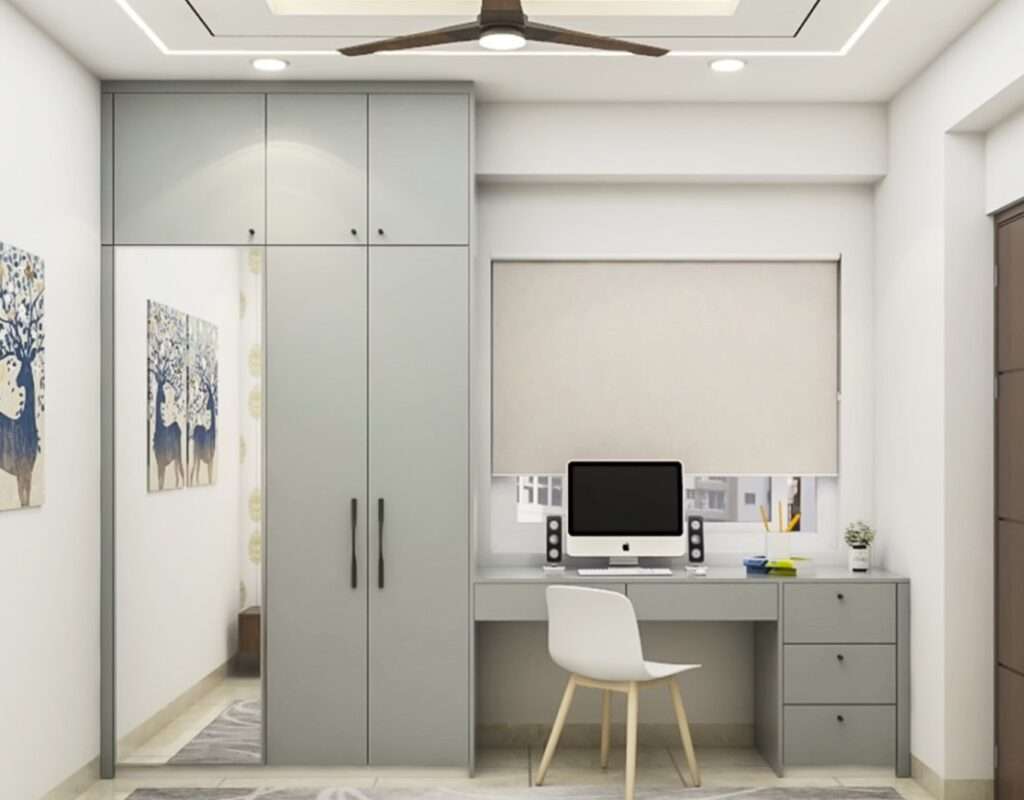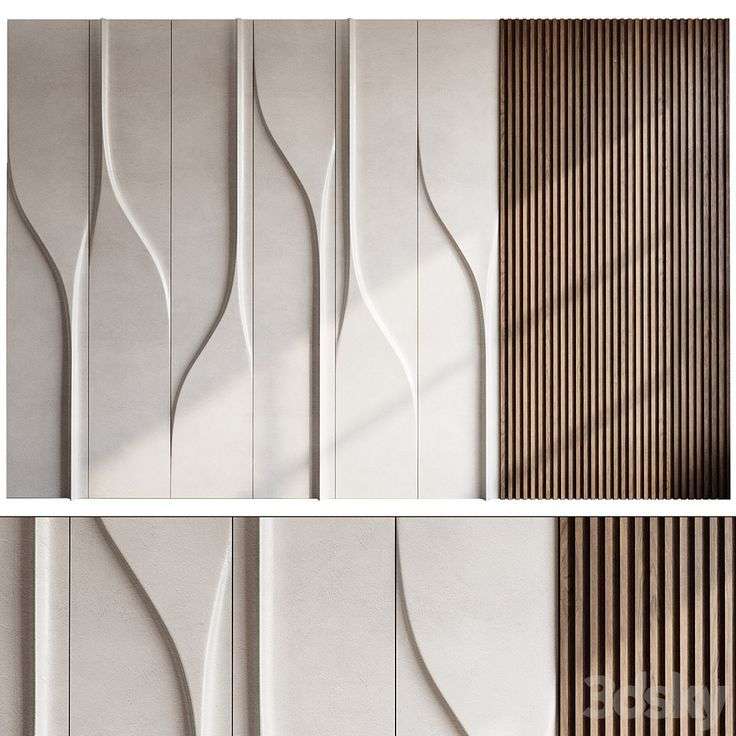A well-designed study room is the key to fostering productivity, focus, and creativity. Whether you’re a student, a professional, or someone who simply enjoys reading and researching, having a dedicated, thoughtfully designed study space can significantly enhance your work and study habits. At Scale & Structure, we believe that creating a study room should be a balance between function and style. In this blog, we’ll share essential tips for designing a productive and stylish study room that suits your needs and aesthetic.

1. Prioritize Comfort with the Right Furniture
Why it works: Comfort is critical when spending long hours studying or working. Furniture plays a huge role in creating an environment that supports productivity while keeping you comfortable.
How to do it:
- Ergonomic Chair: Invest in an ergonomic office chair that supports your back and promotes good posture. Choose one that has adjustable height and armrests to ensure comfort for long study sessions.
- Desk: Opt for a spacious, clutter-free desk with ample storage. A minimalist design will help maintain focus, while shelves or drawers can keep essential supplies within reach.
Scale & Structure Tip: Look for a desk with built-in organization features, such as drawers or cable management, to keep everything tidy and in place.
2. Create the Right Lighting
Why it works: Good lighting is essential for reducing eye strain and keeping your focus sharp. The right lighting can also set the mood for productivity and creativity.
How to do it:
- Natural Light: Whenever possible, position your desk near a window to take advantage of natural light. Sunlight can boost mood and energy levels, making it easier to stay alert and focused.
- Task Lighting: A high-quality desk lamp with adjustable brightness is perfect for reading or working late into the evening. Look for lamps with adjustable heads to direct light where you need it most.
Scale & Structure Tip: Consider adding layered lighting—ambient lighting for general illumination, task lighting for focused work, and accent lighting to highlight artwork or décor.
3. Optimize Storage and Organization
Why it works: A cluttered space can quickly lead to a cluttered mind. Keeping your study room organized will help you stay focused, reduce distractions, and boost efficiency.
How to do it:
- Storage Solutions: Use bookshelves, filing cabinets, or wall-mounted shelves to store books, documents, and office supplies. Clear containers or drawer organizers can help you keep stationery and accessories neatly tucked away.
- Minimalism: Keep only the essentials on your desk to avoid distractions. This will help you maintain a clean workspace and prevent feeling overwhelmed.
Scale & Structure Tip: Use vertical storage to save space. Wall-mounted shelves and pegboards are perfect for keeping items off your desk and within easy reach.
4. Choose Calming and Inspiring Colors
Why it works: Colors have a significant impact on our mood and productivity. Choosing the right color palette for your study room can help you stay motivated and focused.
How to do it:
- Neutral Tones: Soft neutrals like whites, grays, and beiges provide a clean, calming environment that can help you concentrate.
- Accent Colors: Incorporating pops of color—like muted blues, greens, or yellows—can promote creativity, reduce stress, and enhance focus.
Scale & Structure Tip: Paint the walls in soothing, light hues and add vibrant accents through décor like throw pillows, artwork, or rugs.
5. Personalize Your Space with Stylish Décor
Why it works: A study room should reflect your personality, interests, and passions to make it a space where you truly enjoy spending time. Adding stylish décor elements can also inspire creativity and keep you motivated.
How to do it:
- Artwork: Hang inspiring artwork or motivational quotes on the walls. Visual elements that resonate with you can enhance your mood and help you stay focused.
- Textiles: Incorporate soft textures through a cozy rug, comfortable cushions, or a throw blanket to add warmth and comfort to the space.
- Greenery: Add a few low-maintenance indoor plants to bring life and freshness to your study room. Plants are known to improve air quality and reduce stress, making them a great addition to any workspace.
Scale & Structure Tip: Personalize your study room with decorative items that inspire you, such as vintage desk accessories, a stylish clock, or unique shelving.
6. Ensure a Distraction-Free Environment
Why it works: To maintain productivity, it’s important to create a space that minimizes distractions. Whether you work best in silence or with background noise, organizing your study room to support your concentration is key.
How to do it:
- Quiet Zone: If possible, place your study desk in a quiet area of your home where you are less likely to be disturbed. Minimize interruptions by setting boundaries with family or roommates.
- Noise Control: If you need to block out noise, consider using noise-canceling headphones, playing soft instrumental music, or adding acoustic elements like rugs and curtains that absorb sound.
Scale & Structure Tip: Organize your room layout to avoid visual distractions—keep your desk facing a wall or away from windows to prevent your focus from wandering.
7. Incorporate Technology Smartly
Why it works: Technology can boost productivity if used wisely, but it can also become a source of distraction. Integrating tech in your study room in a functional way can support your work.
How to do it:
- Tech Organization: Use cable organizers or docking stations to keep your electronic devices and cords neatly arranged. Wireless chargers can reduce clutter on your desk.
- Quality Equipment: Invest in a high-quality computer, printer, or other devices that enhance your workflow. Ensure that your study space has access to the necessary technology for research, writing, or other tasks.
Scale & Structure Tip: Consider installing a smart speaker or smart lighting system that allows you to control the environment without interrupting your workflow.
8. Ensure Proper Room Layout and Flow
Why it works: The layout and flow of your study room play an important role in ensuring comfort and efficiency. A well-planned layout will make the room feel spacious and keep you from feeling cramped or distracted.
How to do it:
- Desk Placement: Place your desk in a location where you can easily access bookshelves and storage without getting up constantly. Facing a wall or window can help you stay focused.
- Flow and Movement: Make sure there’s enough space for you to move freely in and out of the room. Avoid overcrowding the space with too much furniture or unnecessary items.
Scale & Structure Tip: Keep pathways clear and maintain a logical flow between the desk, storage areas, and seating.



